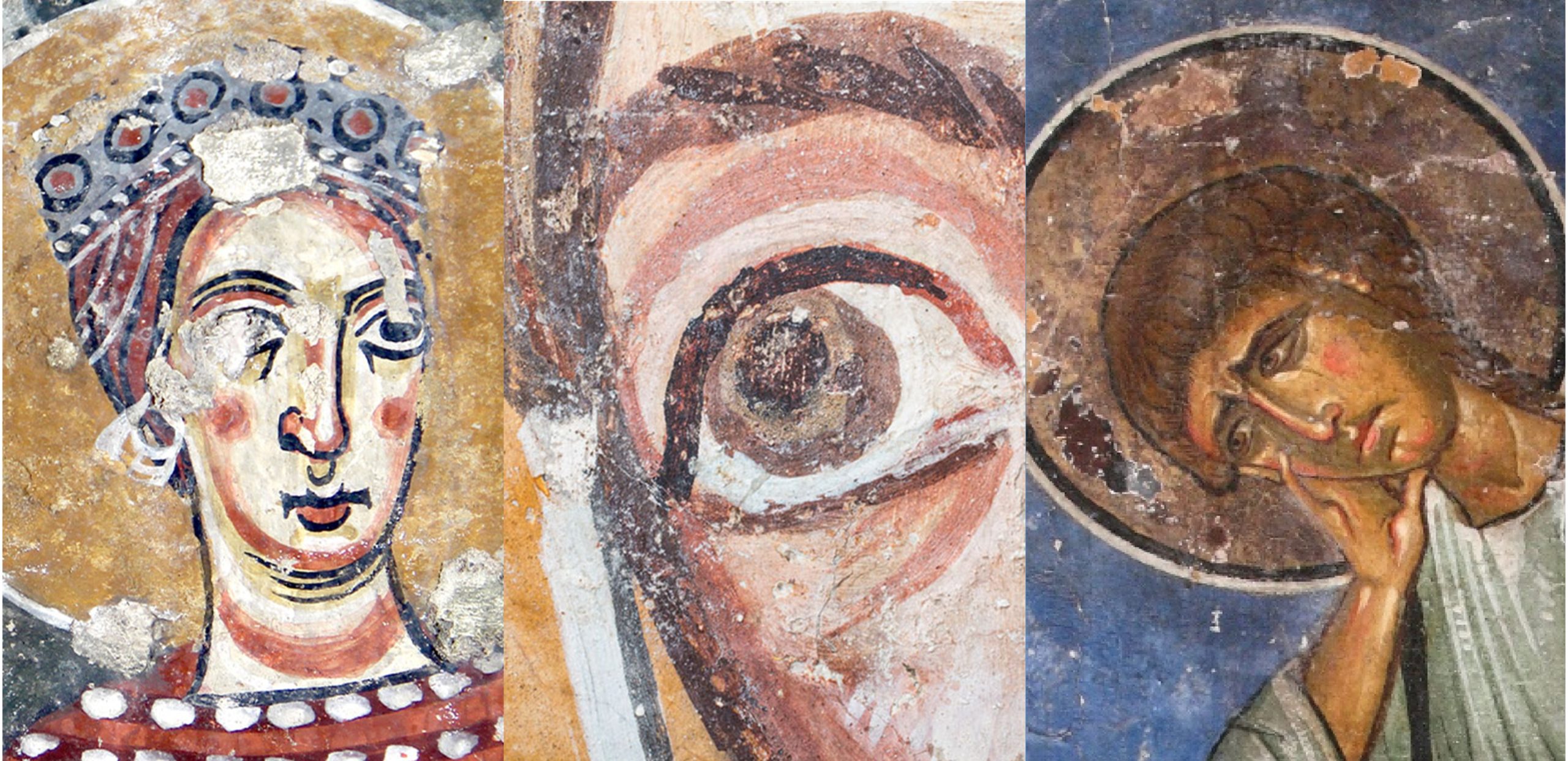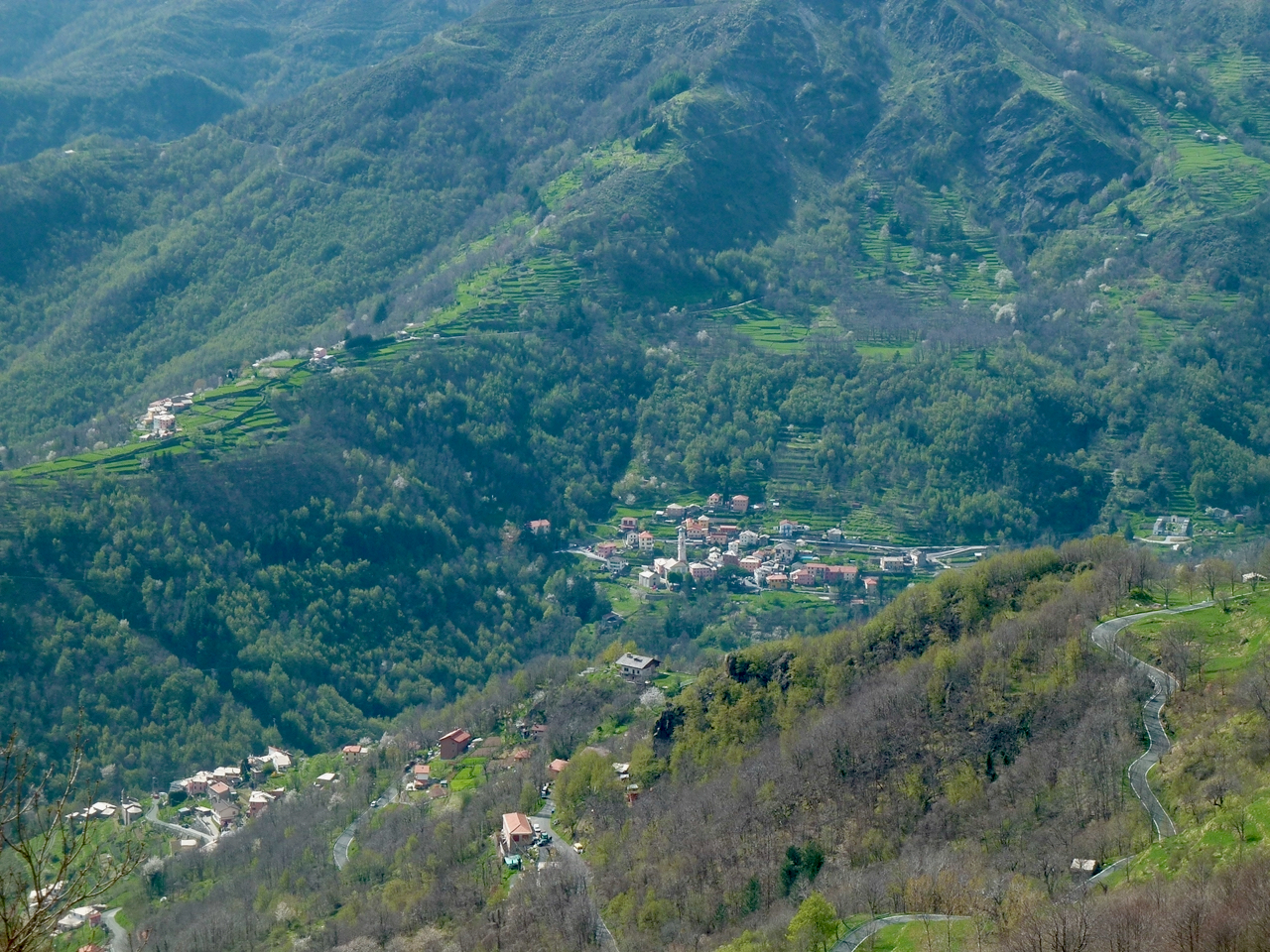
Call Facts
Presentation of the call
The Conservation, Protection and Use call supported research into strategies, methodologies and tools to safeguard and use the physical components of our cultural heritage. It invited research projects taking a global approach to preserve Europe’s heritage and which result in a better understanding of our history, traditions and culture, of our individual and collective identities, and ultimately of our well-being.
Each project consortium had to comprise at least three research teams, each from a different country participating in the JPI CH Conservation, Protection and Use Call and based in an eligible institution. The maximum number of research teams in a project was five.
Only beneficiaries located in the countries participating in the JPI CH Conservation, Protection and Use Call and eligible for the funding organization specified were eligible to apply, irrespective of their nationality.
Topics
The call included four main topics:
- Topic one: Analysing and modelling change
- Topic two: Sustainable protection and enhancement of values
- Topic three: Management of cultural heritage at risk
- Topic four: Layered conservation
Ten projects were selected for funding:
- SHIELD - Safeguard Heritage in Endangered Looted Districts
- WOODPDLAKE - Archaeological Wooden Pile-Dwelling in Mediterranean European lakes: Strategies for the exploitation, monitoring and conservation.
- F-ATLAS - Franciscan Landscapes: the Observance between Italy, Portugal and Spain
- PROCRAFT - PROtection and Conservation of Heritage AirCRAFT
- PHE - The Past has Ears
- CURBATHERI - Curating sustainable URBAn Transformations through HERItage
- EHEM - Enhancement of Heritage Experiences: The Middle Age. Digital Layered Models of Architecture and Mural Painting over Times.
- StAr - Development of Storage and Assessment of methods suited for organic Archaeological artefacts
- IRIS - Inspiring rural Heritage: sustainable practices to protect and conserve upland landscapes and memories.
- CRYSTINART - Crystallization damage at the interface of artworks.









